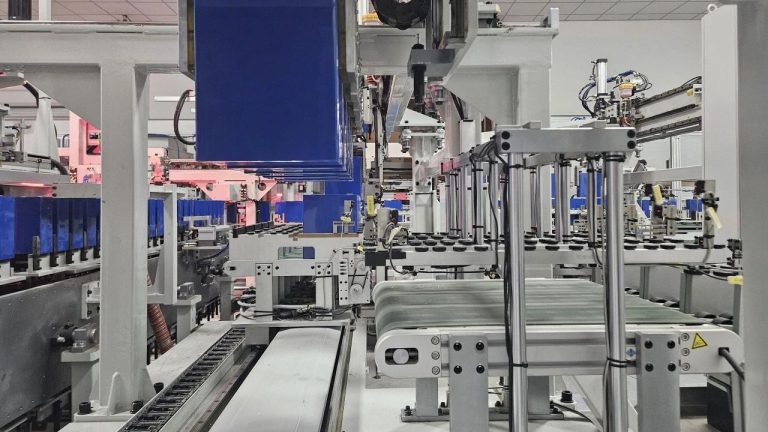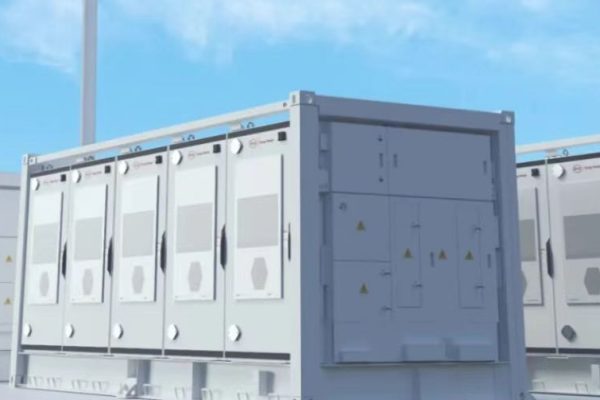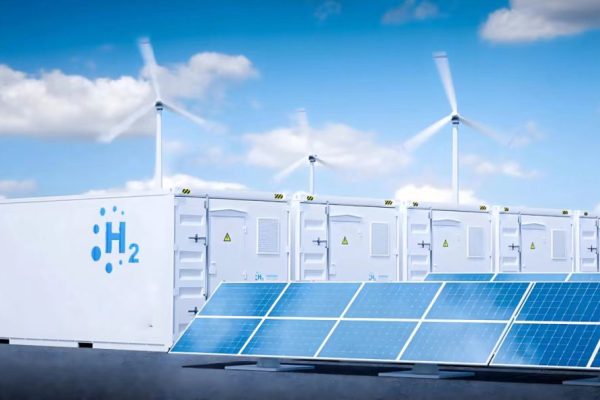Risks, Opportunities, and Practical Advice for Homeowners
1. Why This Question Matters
As residential solar and storage adoption grows, many homeowners ask whether they can save money by using second-hand (or “second-life”) batteries instead of brand-new units.
These second-hand batteries usually come from:
- Electric vehicles (EVs) reaching end-of-life
- Telecom backup systems being upgraded
- Commercial energy storage projects replacing old modules
The idea is appealing: reuse a battery, cut costs, and contribute to sustainability. But is it really practical—or safe—for home storage?
2. Cost Advantages of Second-Hand Batteries
- Lower upfront price: Used lithium-ion packs can be 30–60% cheaper than new ones.
- Sustainability: Extends the lifecycle of materials and reduces waste.
- Available supply: With EV adoption rising, the second-life battery market is expected to grow significantly.
👉 For homeowners on a budget, second-hand batteries seem like a smart alternative.
3. Key Risks You Must Consider
A. Unknown Battery History
- Depth of discharge cycles, exposure to heat, or improper charging can degrade cells.
- Without a full report, it’s hard to know the true remaining lifespan.
B. Reduced Performance
- A new battery might last 4,000–6,000 cycles, while a used one may only have 1,000–2,000 left.
- Lower efficiency (round-trip efficiency may drop from 95% to 85–90%).
C. Safety Concerns
- Aging lithium-ion cells are more prone to thermal runaway.
- Missing or damaged Battery Management Systems (BMS) increase fire risks.
D. Warranty Limitations
- Manufacturers usually do not support second-hand use.
- No guarantee of replacement if the battery fails.
4. When Second-Hand Batteries Can Make Sense
- Off-grid cabins or tiny homes where energy demand is low and non-critical.
- DIY enthusiasts who can test, reconfigure, and add their own BMS.
- Pilot projects or community initiatives aiming to demonstrate circular economy models.
👉 In such cases, used batteries can still provide 2–5 years of useful service if handled properly.
5. When You Should Avoid Them
- Main residential power supply where reliability is critical.
- Urban grid-connected homes that require compliance with safety codes.
- Homes with high appliance loads (air conditioning, EV charging).
- Customers expecting a 10+ year lifespan and full manufacturer warranty.
For most standard homeowners, the risks outweigh the savings.
6. Practical Steps If You Still Want to Use One
- Source responsibly: Buy from certified refurbishers, not unknown suppliers.
- Test capacity: Use diagnostic tools to measure real usable kWh.
- Add a BMS: Ensure voltage balancing, overcharge/over-discharge protection.
- Check certifications: Look for UL/IEC-compliant refurbishing processes.
- Limit expectations: Plan for a shorter system life (maybe 3–5 years).
7. Alternatives to Consider
- Small brand-new LiFePO₄ packs: Entry-level units (2–5 kWh) are more affordable today.
- Hybrid systems: Combine a small new pack with solar, minimizing dependence on second-hand batteries.
- Energy-as-a-service models: Some companies now offer battery leasing, which lowers upfront cost while keeping performance guarantees.
8. Final Recommendation
- For DIY/off-grid hobbyists → Second-hand batteries can be an educational, cost-effective option.
- For standard residential customers → A new LiFePO₄ system is the safer, longer-lasting investment.
- For professional integrators → Second-hand batteries should be used only in controlled, certified pilot projects—not mainstream installations.
In short: yes, you can use second-hand batteries, but not without trade-offs. For most homeowners, the long-term value and safety of new systems outweigh the short-term savings of used packs.
- Second-hand batteries are cheaper but come with shorter life, lower efficiency, and higher risks.
- They may work in low-demand or experimental projects but are unsuitable for most mainstream homes.
- Safety, certification, and warranty should always be top priorities in residential energy storage.









